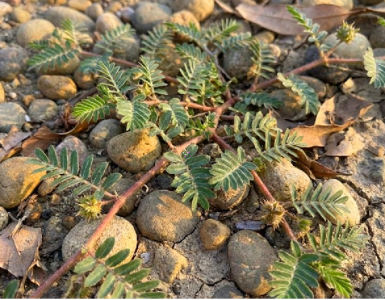Grafting roses is a fascinating and rewarding gardening technique that allows you to combine different colors and varieties on a single shrub. This method not only enhances the beauty of your garden but also provides a unique opportunity to cultivate a rose bush with multiple hues. In this step-by-step guide, we’ll walk you through the process of grafting roses, helping you create a stunning and diverse rose shrub.
What is Grafting?
Grafting is a horticultural technique where tissues from one plant (the scion) are inserted into those of another (the rootstock). When done correctly, the two plants grow together, combining their strengths and characteristics.
Materials You’ll Need:
Healthy rootstock rose bush
Scions (rose cuttings) from the roses you wish to graft
Sharp knife or grafting tool
Grafting tape or rubber bands
Rooting hormone (optional)
Pruning shears
Rubbing alcohol or disinfectant
Garden gloves
Step-by-Step Guide to Grafting Roses
Step 1: Select and Prepare the Rootstock
Choose a healthy, disease-free rootstock rose bush. The rootstock should be vigorous and compatible with the scion varieties. Clean your tools with rubbing alcohol to prevent any disease transmission.
Step 2: Choose and Prepare the Scions
Select scions from healthy, disease-free rose bushes. The scions should be about 4-6 inches long with at least three buds. Cut the scions at a 45-degree angle, making sure the cut is smooth and clean.
Step 3: Make the Graft Cut on the Rootstock
Make a T-shaped cut on the rootstock’s stem where you want to graft the scion. The horizontal cut should be about 1 inch long, and the vertical cut should be about 2 inches long. Carefully lift the bark on both sides of the vertical cut to create flaps.
Step 4: Insert the Scion
Carefully insert the scion into the T-cut on the rootstock. Make sure the cambium layers (the green tissue just under the bark) of both the scion and rootstock are in contact with each other. This contact is crucial for the successful fusion of the two plants.
Step 5: Secure the Graft
Wrap the graft area with grafting tape or a rubber band to hold the scion in place. The wrapping should be snug but not too tight, allowing the graft to breathe while still keeping it secure.
Step 6: Protect and Care for the Graft
Apply a small amount of rooting hormone to the graft area to encourage growth (optional). Keep the grafted plant in a shaded area and water it regularly to maintain moisture. Monitor the graft for signs of growth and ensure that it remains secure.
Aftercare Tips
Monitor Growth: Check the grafted rose bush regularly for new growth. It may take a few weeks to see visible signs of the graft taking.
Prune Carefully: Once the scion starts to grow, prune any suckers (unwanted shoots) from the rootstock to ensure the grafted scion gets all the nutrients.
Maintain Health: Keep the grafted rose bush healthy by providing adequate water, nutrients, and protection from pests and diseases.
Benefits of Grafting Roses
Multiple Colors: Create a single rose bush with a variety of colors, adding visual interest to your garden.
Hardiness: Combine the hardiness of the rootstock with the beauty of different rose varieties.
Space Efficiency: Enjoy multiple rose varieties without needing multiple bushes, saving space in your garden.
Grafting roses of different colors is a rewarding gardening technique that allows you to create unique and beautiful rose bushes. By following this step-by-step guide, shrub lovers can successfully graft roses and enjoy the stunning results of their efforts. Whether you’re a seasoned gardener or a beginner, grafting roses is a delightful way to enhance the diversity and beauty of your garden.






Add comment